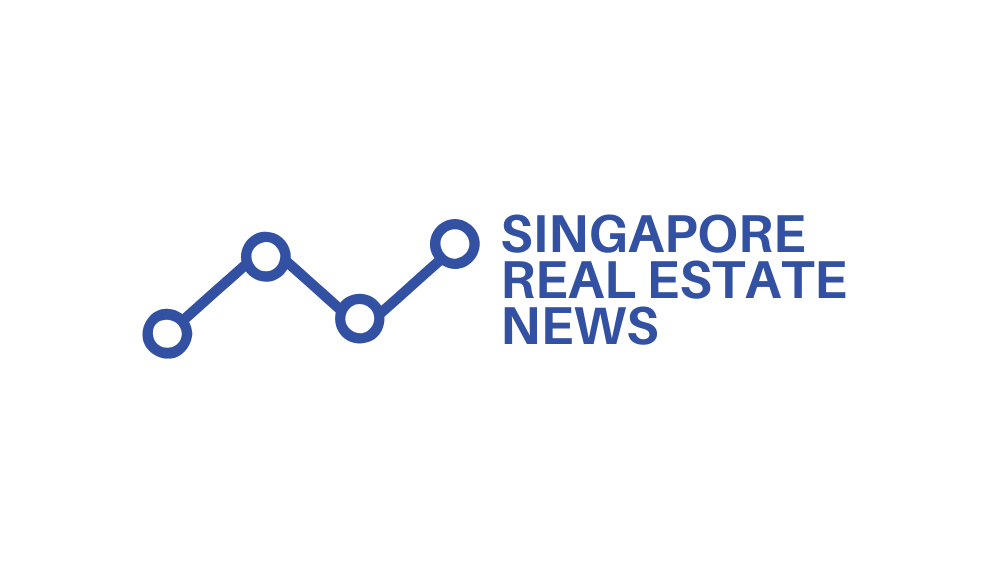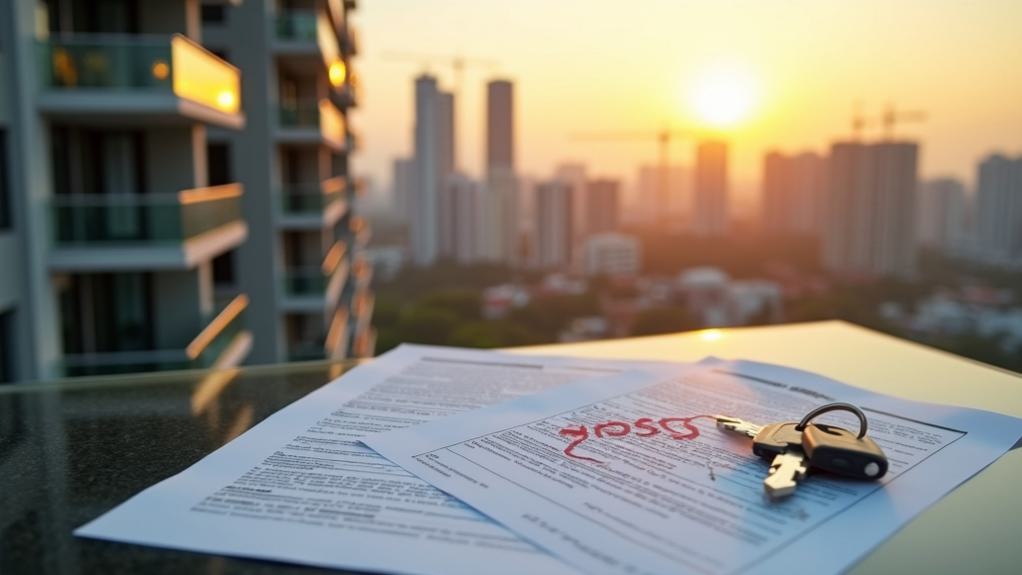As Singapore’s property market enters a more nuanced phase in 2025, characterized by projected price increases of 4-7% and the introduction of over 11,000 new launch condominium units, investors and homeowners alike are reassessing the viability of the popular “Sell One, Buy Two” strategy. The market appears to be shifting from rapid growth to a stabilization phase, demonstrating resilience despite global economic uncertainties and ongoing trade tensions between major economies.
The era of easy property gains gives way to strategic calculation amid Singapore’s maturing real estate landscape.
The financing landscape presents both opportunities and challenges for those considering this asset progression approach. Falling interest rates have made property purchases and mortgages more attractive, with many buyers seeking to secure favorable loan packages before potential rate increases. However, constraints imposed by loan-to-value ratios, Total Debt Servicing Ratio requirements, and Additional Buyer’s Stamp Duty (ABSD) considerably impact capital outlay calculations for second property acquisitions. The expected GDP growth of up to 3% for 2025 could provide economic stability for those implementing this strategy. Mortgage rates are expected to stabilize between 3.5-4% in 2025, offering some predictability for investors planning long-term financing.
Recent case studies demonstrate successful implementation of the strategy, particularly among families employing decoupling methods to own two separate properties. The typical pattern involves couples selling their HDB flat to purchase two private condominiums—one for residence and one as an investment asset. While some sellers report substantial capital gains from transactions in strong market segments, many encounter challenges with the higher ABSD imposed on their second purchase.
Supply and demand dynamics continue to favor property owners in certain segments, with suburban and city fringe condominiums attracting significant interest due to their relatively affordable pricing. The unsold inventory of private residential units has declined by 3.1% quarter-on-quarter to 20,122 units, suggesting a tightening supply that could support price stability in the coming year. The constrained supply in the HDB resale market, with 2025 seeing the lowest number of Minimum Occupation Period (MOP) flats in 11 years at just 6,974 units, further supports price stability in the resale sector.
The strategy’s effectiveness now hinges on meticulous timing and financial planning, as external risks have led to downward GDP growth forecasts of 0-2% for 2025. While investor confidence remains generally firm, increased buyer caution is evident, particularly for higher-value private property transactions where macroeconomic headwinds could further dampen market sentiment.





